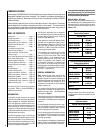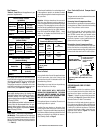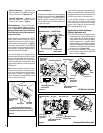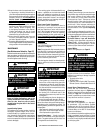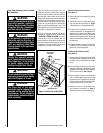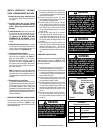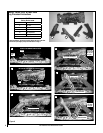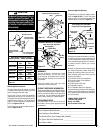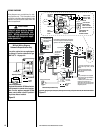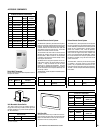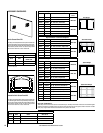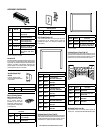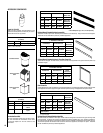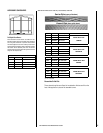Special offers from our partners!

Find Replacement BBQ Parts for 20,308 Models. Repair your BBQ today.
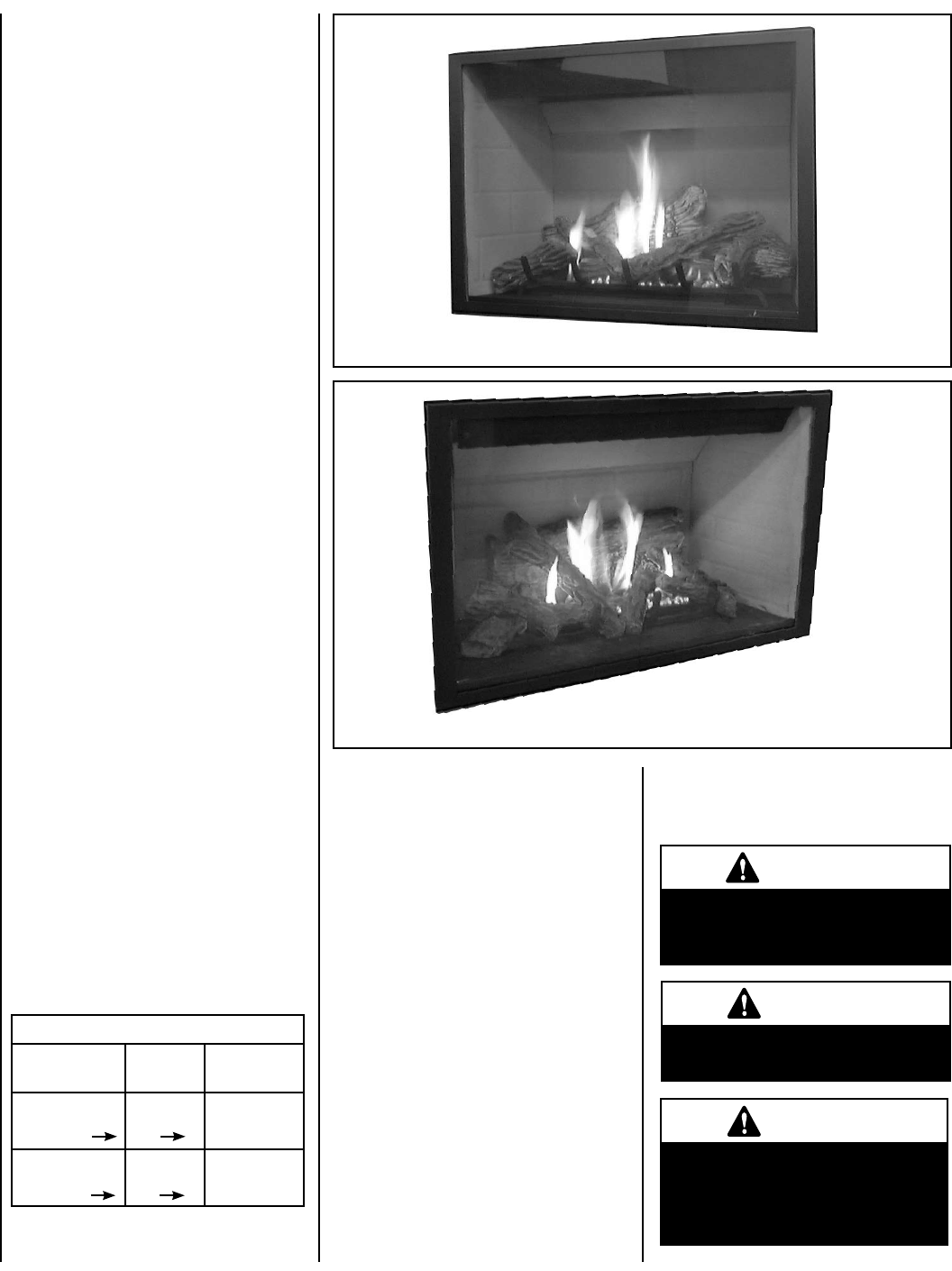
10
NOTE: DIAGRAMS & ILLUSTRATIONS ARE NOT TO SCALE.
NOTE: DIAGRAMS & ILLUSTRATIONS ARE NOT TO SCALE.
BURNER ADJUSTMENTS
(QUALIFIED TECHNICIANS ONLY)
Flame Appearance and sooting
Proper flame appearance is a flame which is
blue at the base and becomes yellowish-orange
in the body of the flame. When the appliance
is first lit, the entire flame may be blue and will
gradually turn yellowish-orange during the first
15 minutes of operation. If after a short period
the flame stays lowered blue, or if the flame is
orange with evidence of sooting (black tip), the
air shutter opening may need to be adjusted.
If the air shutter openings closed too far, sooting
may develop. Sooting is indicated by black puffs
developing at the tips of very long orange flames.
Sooting results in black deposits forming on the
logs, appliance inside surfaces and on exterior
surfaces adjacent to the vent termination. Soot
-
ing is caused by incomplete combustion in the
flames and lack of combustion air entering the
air shutter opening. To achieve a warm yellow-
ish-orange flame with an orange body that does
not soot, the shutter opening must be adjusted
between these two extremes.
Air Shutter Adjustment Guidelines
• If there is smoke or soot present, first check
the log set positioning to ensure that the
flames are not impinging on any of the logs.
If the log set is properly positioned and a
sooting condition still exists, then the air
shutter opening should be increased.
• The more offsets in the vent system, the larger
the air shutter opening will need to be.
• An appliance operated with the air shutter
opened too far, may have flames that appear
blue and transparent. These weak, blue and
transparent flames are termed anemic.
• Propane models may exhibit flames which
candle or appear stringy. If this is present
and persists, adjust the air shutter to a more
open position, then operate the appliance for
a few more minutes to ensure that the flame
normalizes and the flames do not appear
sooty.
The following chart is provided to aid you in
achieving the correct air shutter adjustment
for your installation.
Air Shutter Adjustment Guidelines:
Amount of
Primary Air
Flame
Color
Air Shutter
Adjustment
If air shutter is
closed too far
Flame will
be orange
Air shutter
gap should be
increased
If air shutter is
open too far
Flame will
be blue
Air shutter
gap should be
decreased
Figure 10 - Burner Flame Appearance Model LMDV-3328 & LMDV-3530
Figure 11 - Burner Flame Appearance Model LMDV-4035
WARNING
Air shutter adjustment should
only be performed by a qualified
professional service technician.
WARNING
Ensure front glass panel is in place
and sealed during adjustment.
CAUTION
The air shutter door and nearby
appliance surfaces are hot. Exer
-
cise caution to avoid injury while
adjusting flame appearance.
Burner Air Shutter Adjustment Procedure
1. Locate adjustment rod and adjust air shutter
to the standard setting as shown in
Figure
12 (adjustment rod is located in the lower
control compartment).
Note: Rotating the
adjustment rod clockwise decreases air and
counterclockwise increases air.
2. Light appliance (follow lighting procedure on
lighting label in control compartment or see
homeowners manual).
3. Allow the burner to operate for at least 15 min
-
utes while observing the flame continuously
to ensure that the proper flame appearance
has been achieved (see
Figure 10 or 11). If
the following conditions are present, adjust
accordingly.
• If flame appears weak or sooty, adjust
the air shutter, incrementally, to a more
open position until the proper flame
appearance is achieved.
• If flame stays lowered blue, adjust the
air shutter, incrementally, to a more
closed position until the proper flame
appearance is achieved.
4. Leave the control knob (off/pilot/on) in the
ON position and the burner OFF/ON switch
OFF (& remote switches, if applicable).
5. When satisfied that the burner flame ap-
pearance is normal, close the lower control
compartment door.



